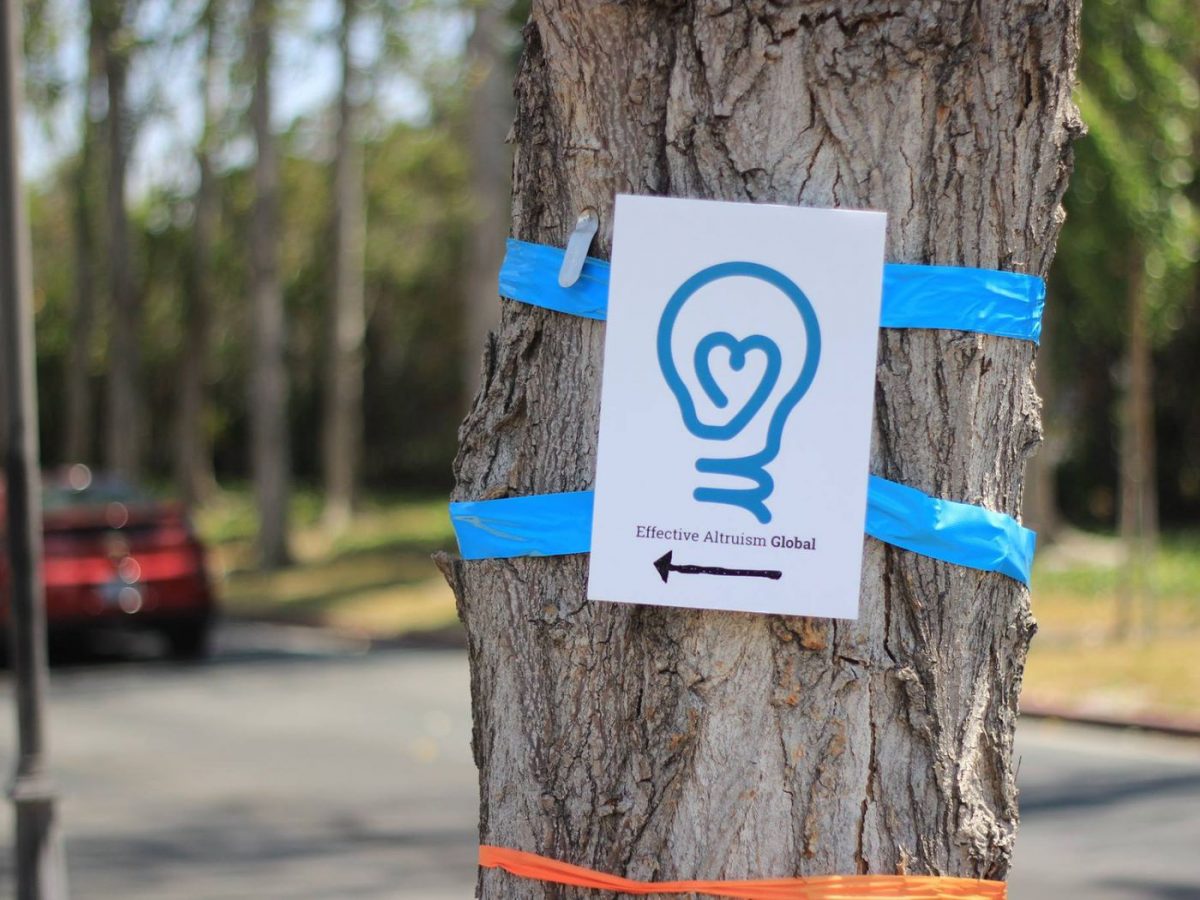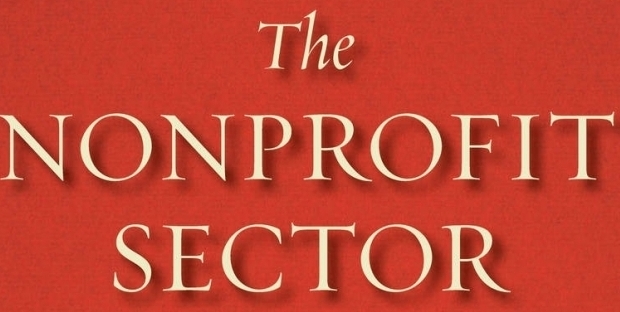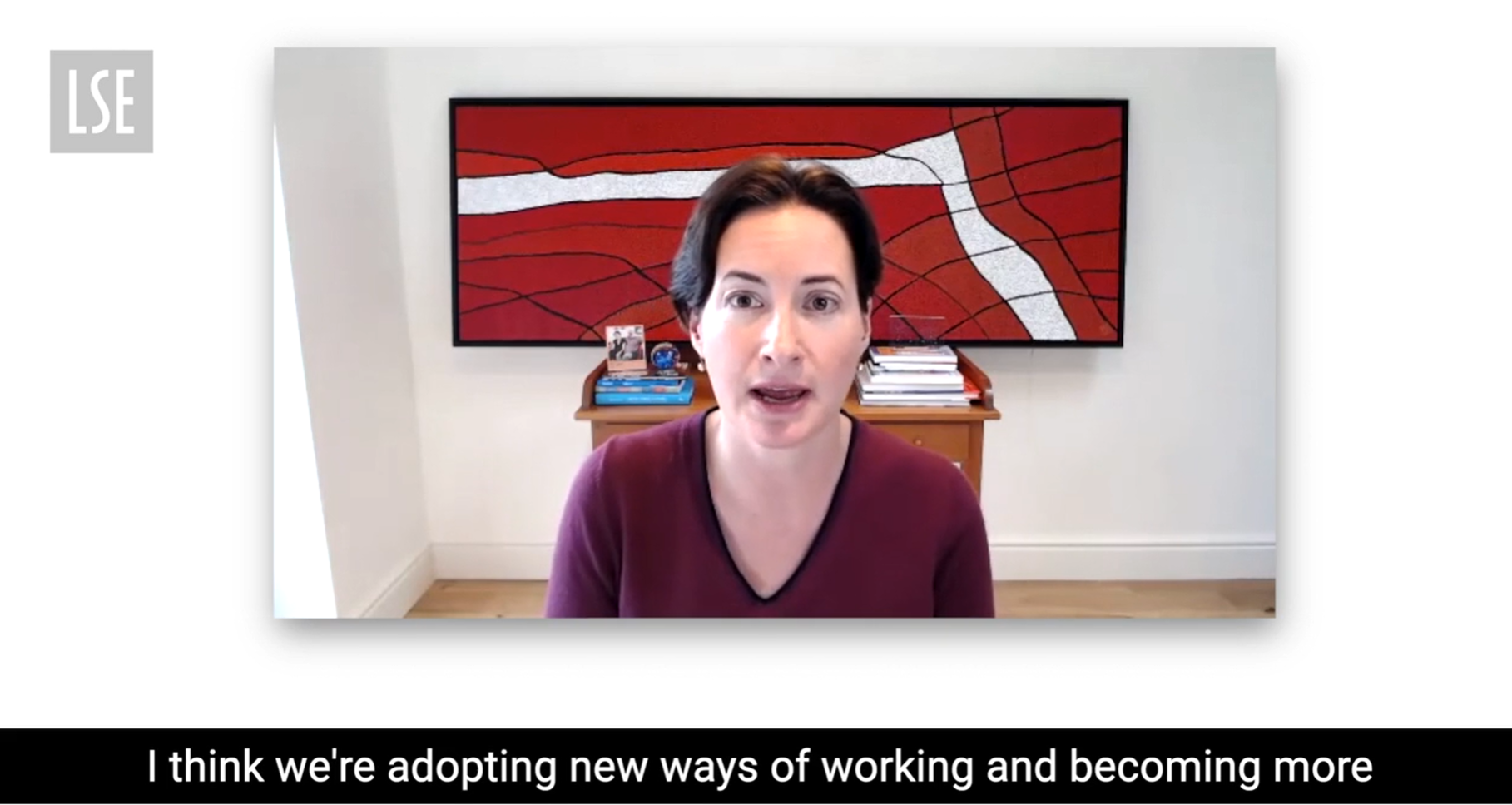In the third sector, a tiny minority of charities get most of the attention and revenue, but the vast majority of smaller charities offer the crucial front-line services. New research from the Lloyds Bank Foundation reveals how the core strengths of small charities are more important than ever. This article is based on a presentation given in November 2018 for the Marshall Institute’s ‘Kitchen Cabinet’ morning briefing series.

Most people think of larger charities as synonymous with the sector as a whole. Yet 3% of the third sector holds 80% of the income; 97% has a turnover of less than £1m. The giant brands at the top are not really representative of charities as a whole.
They used to work in harmony, with larger charities operating big campaigns at the national level funded by the government and direct marketing, and smaller charities working on frontline services for communities supported by grants from local councils and community fundraising.
But this arrangement has broken down. Increasingly, charities compete with each other at all levels. Larger charities are moving into the service areas and communities traditionally stewarded by local charities.
This is mostly due to a change in funding. There has been a shift away from grants towards competitive commissioning, causing a subsequent rise in contract value.
As contract values increase, these changes in the third sector are driven as much by cost pressures, ‘transactional efficiency’, and commissioner convenience as they are by an understanding of the real needs of the service users on the frontline.
Research is revealing that smaller charities are increasingly finding themselves competing with much larger ones for contracts, or being used by bigger charities as ‘bid candy’ and, if successful, having to accept subcontracting on unfair terms.
Rather than simply defending the smaller charities’ right to exist, we need to ask: what’s the best solution for the people these charities seek to serve? Would standardisation coupled with greater scale and reach improve outcomes for those in need? Or does the intimacy and connectedness that comes from being small and local outweigh the advantages offered by size?
New research undertaken by the Lloyds Bank Foundation suggests that smaller charities are in fact distinctive, in both who they work with and how they work with them – especially in reaching people that others can’t, working with them in ways others don’t, and staying engaged when others won’t.
These benefits are intrinsic to smaller charities and are greater than the sum of their parts. They’re corollaries of being both small and embedded in a local area. Smaller charities also tend to have flatter hierarchies which give them flexibility and greater agility in decision making.
Moreover, the characteristics of small and local charities have social and economic value, including ‘gearing’ from the resources and volunteers they leverage in, and the extent to which they spend in and therefore benefit local economies. In an era when every pound matters this should be of real benefit.
Yet there is a big mismatch in public commissioning with 84% of local government funding going to charities based outside the local area. In the context of extreme financial pressures on local government, with deprived areas hit hardest, and preventive services being cut to meet the rising demand for crisis support, this is a significant problem.
Government itself is starting to recognise that the move to commissioning at scale has not worked, particularly for smaller charities, and that this matters. The recent Civil Society Strategy commits to greater use again of grants, widening the scope of the Social Value Act, encouraging collaborative and citizen commissioning and having a stronger Crown Commercial representative to challenge poor procurement practice.
After a series of damning reports the Ministry of Justice has finally accepted that the Transforming Rehabilitation reforms to Probation, which have been seriously damaging to small and specialist charities, have not worked. Replacement arrangements are currently being explored through consultation.
There is a lot to do to turn these positive words into action on the ground. But they certainly represent a change of tone and substance, from the previous focus on economies of scale and cost-focused prime contracting models towards the value of being small, specialist, and local.
But Civil Society generally, and individual charities specifically, should also shape and lead their own futures, not just leave it to government or blame commissioners. There are also signs indicating that some charities are overcoming the recent wave of competitiveness. New models unite the best of large and small, such as that of Catch 22, whose group structure supports smaller charities like Only Connect and Community Links, whilst allowing them to retain key elements of their previous independence.
And some CEOs of larger charities, most notably SCOPE and the Children’s Society, have come out against the idea that growing market share should be the key metric of success. Some other larger charity CEOs are recognising that practically and from a perspective of values and principles, large charities should take a different and fairer and more collaborative approach to working with small.
Finally the Civil Society Futures Inquiry, chaired by Julia Unwin, has highlighted the lack of power people feel in many walks of life. She argues that charities and broader civil society have a key role to play in giving people agency, but that too often large charities are potentially a part of the problem in being too remote and disengaged from communities, particularly those that are the most deprived.
The time is therefore ripe for the sector itself, and those who care about, it to consider these issues. That’s why Lloyd’s is kicking off their work with Association of Chief Executives of Voluntary Organisations (ACEVO) and the National Council for Voluntary Organisations (NCVO) this year to examine meaningful collaboration between small and large charities engaged in public service delivery. The future of the sector could depend on it.
Want to to delve deeper into topics like these? Consider the Marshall Institute and LSE Management’s new Master’s Social Business and Entrepreneurship degree.





